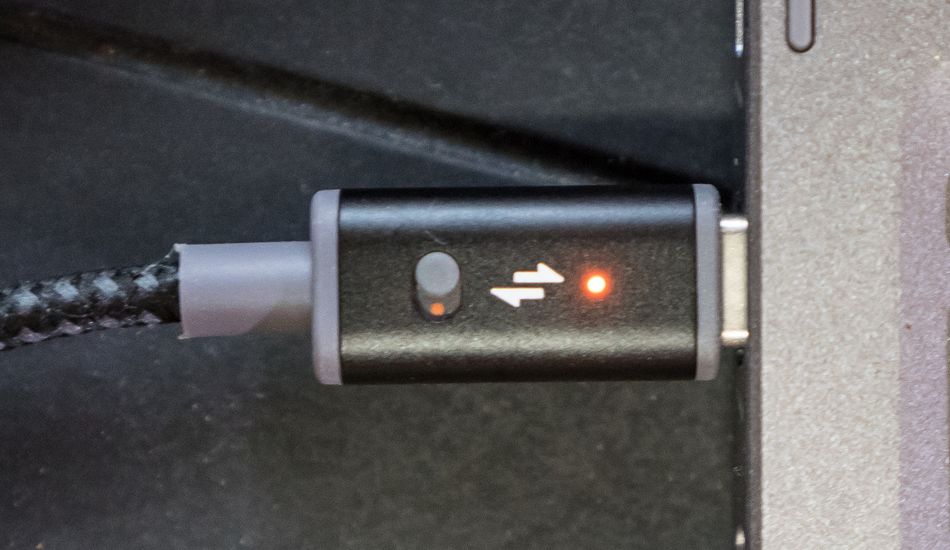
Safe Mobile Charging Practices
The Transportation Security Administration (TSA) recently reiterated warnings about juice jacking, a malicious practice where malware is deployed through compromised public USB charging stations. This underscores the need for proactive measures to safeguard personal devices.
Mitigation Strategies
Several methods effectively mitigate the risk of juice jacking. One approach involves using a portable battery pack. By charging the battery pack at the public station and subsequently charging the device from the pack, the device remains isolated from potentially compromised charging ports.
Alternatively, utilizing a power-only USB cable eliminates data transfer capabilities, effectively preventing malware infiltration. These cables, readily available from electronics retailers, transmit only power, ensuring safe charging without data exchange.
Another effective solution is employing a USB cable with an integrated data switch. Such cables offer a convenient way to selectively enable or disable data transfer, providing control over device connectivity at public charging stations.
While incidents of juice jacking may not be exceedingly frequent, the potential consequences – including malware infection and data compromise – are significant. Proactive measures, such as employing the strategies outlined above, are a cost-effective means of preventing such incidents. The expense of protective cables or a portable power bank is far outweighed by the cost of malware remediation and potential data loss.
Source: Android Central